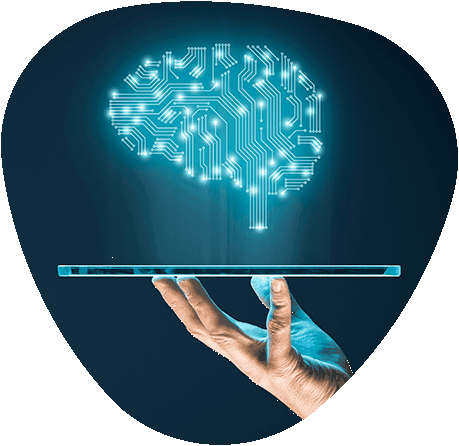
Artificial Intelligence (AI) and Machine Learning (ML) are two cutting-edge technologies that are revolutionizing various industries and shaping the future of automation. As the world becomes increasingly digital, businesses are harnessing the power of AI and ML to gain a competitive advantage, improve efficiency, and deliver personalized experiences to their customers.
What are AI and Machine Learning?
AI refers to the simulation of intelligent human behavior in machines that can perform tasks requiring human intelligence, such as speech recognition, decision-making, visual perception, and problem-solving. ML is a subset of AI that involves the development of algorithms and statistical models that enable computers to learn and improve automatically from experience without being explicitly programmed.
AI and ML Use Cases
The applications of AI and ML solutions are vast and growing rapidly across various domains. Some notable use cases include:
Smart Assistant: Intelligent voice-activated assistants like Siri, Alexa, and Google Assistant use natural language processing algorithms to understand and respond to user queries and commands.
Recommendation Systems: E-commerce platforms and streaming services leverage ML algorithms to analyze user preferences and behavior, recommending relevant products or content.
Medical Diagnosis: Machine learning algorithms can analyze vast amounts of medical data to aid in diagnosing diseases and suggesting appropriate treatment options.
Fraud Detection: AI-powered systems can analyze patterns in financial transactions to identify suspicious activities and potential fraud.
Autonomous Vehicles: ML algorithms enable self-driving cars to perceive their surroundings, make real-time decisions, and navigate safely.
Benefits of AI and ML Solutions
AI and ML solutions offer several benefits that contribute to their growing popularity and adoption, including:
Efficiency and Automation: AI and ML systems can automate repetitive tasks, saving time and reducing human errors. This enables organizations to improve operational efficiency.
Personalization: ML algorithms analyze vast amounts of user data to deliver personalized experiences, recommendations, and targeted marketing campaigns, enhancing customer satisfaction.
Data Analysis: AI and ML solutions can process and analyze large volumes of data quickly, identifying patterns, trends, and insights that humans might overlook.
Cost Savings: AI and ML systems can optimize resource allocation, predict maintenance needs, and optimize workflows, leading to significant cost savings for businesses.
Challenges and Considerations
While AI and ML solutions offer immense potential, there are a few challenges and considerations that need to be addressed to ensure their effective implementation:
Accuracy and Bias: ML algorithms heavily rely on the quality and representativeness of the data used for training. Biased or incomplete datasets can lead to inaccurate or unfair predictions.
Data Privacy and Security: AI and ML systems often deal with sensitive data, requiring robust privacy safeguards to protect against data breaches and misuse.
Regulatory Compliance: The use of AI and ML in certain industries such as healthcare and finance may be subject to strict regulations, requiring compliance with legal and ethical standards.
Transparency and Explainability: As AI and ML systems become more complex, ensuring transparency in decision-making processes and providing explanations for their outputs remain a challenge.
The Future of AI and ML
The future of AI and ML looks promising, with advancements taking place across various fronts. Some potential developments include:
Deep Learning: The progress of deep learning techniques, such as neural networks, is enabling AI and ML systems to achieve higher accuracy and perform more complex tasks.
Edge Computing: By enabling AI and ML capabilities to run on edge devices, processing and decision-making can happen locally, reducing latency and enhancing privacy.
Explainable AI: Researchers are working on developing AI models that can provide explanations for their outputs, helping build trust and understanding in the decision-making process.
Collaborative AI: AI systems that can interact and collaborate with humans and other AI entities are being explored, leading to more intelligent and effective solutions.
Ethical AI: Efforts are being made to develop ethical guidelines and frameworks for AI and ML to ensure fairness, accountability, and transparency in their deployment.
In conclusion, AI and ML solutions have the potential to revolutionize industries, drive automation, and unlock new opportunities. While there are challenges and considerations to address, the benefits they offer in terms of efficiency, personalization, and data analysis are significant. As advancements continue to be made, the future of AI and ML holds tremendous promise, shaping a world where intelligent machines work alongside humans to solve complex problems and enhance our lives.


